|
When one thinks of wines from South America, Chile and Argentina are usually the countries that come to mind. However, did you know that Uruguay is South America’s fourth largest wine producer? Located between Argentina and Brazil, Uruguay is the second smallest country in Latin America. Fun fact: The name “Uruguay” means “river of the painted birds” in the indigenous Guarani language. Uruguay’s population is only 3.4 million, less than Manhattan and Brooklyn combined! And its population is 90% European descendants, mainly from Italy and Spain, making it a considerable influence on wine production and cuisine here. Speaking of cuisine, Uruguayans are meat lovers and South America’s largest beef consumer per person per year. Beef is also the country’s number one industry. Fun fact: Uruguay has more than 11 million cattle bred naturally. That is four heads of cattle for every Uruguayan citizen! And the wine is something to dial into! Uruguay has over 5000 hectares of vineyards with 180 active wineries, mostly family-run and now in their third and fourth generation. Two-thirds of these wineries are located in the Metropolitan Region. And it is the only South American terroir whose climate is influenced by the Atlantic Ocean. Approximately one-third of Uruguay has an Atlantic coastline. However, there are a handful of other terroirs where temperatures are determined more by land than sea. While still relatively small, it is divided into five distinct sectors: the East, and South/Southwest, where the sea has more of an impact, and the Central /Northern sectors and the Western shore, which are more continental. Below is a chart of the six winemaking regions of Uruguay. Due to its proximity to the Atlantic Ocean, Uruguay’s terroir is more analogous to that of European wine regions such as Bordeaux, setting it apart from its South American neighbors. Both Uruguay and Bordeaux’s vineyards are planted close to estuaries and rivers and are relatively humid and mild in climate with sufficient wind and rain. In addition to the maritime environment, the soil is calcareous and rich in clay which varies among the different regions, all of which contribute to the character of these wines. Fun fact: The vineyards of Maldonado are planted above some of the oldest rocks on earth, the Río de La Plata craton, which is 2.5 billion years old. It’s all about quality winemaking here. Attention is paid to balancing perfect levels of alcohol and acidity. And production is a combination of innovative wine techniques and traditional ones. Sustainable wine growing is important here, and many vineyards are certified. Below is a chart depicting the principal grape varieties planted. In general, whites and other varieties with shorter cycles are closer to the coast in vineyards stretching from Rocha to Maldonado through part of Canelones. The interior, which extends from Canelones to San José and Colonia, specializes in reds with longer growing cycles. Uruguay is best known for its red wine made from Tannat, its signature grape. Tannat is originally from France and produces rich wines with bold tannins, dark fruit, and spice in both aromas and flavors. For an educational wine seminar, I recently received a selection of nine bottles of both white and red wines that demonstrate the diversity of single varietals and blends (most notably Tannat) produced in the six winemaking regions of this country. Slideshow is below. The wines range in price from $12 to $55, with a median price of $24. Suffice it to say; these wines let the terroir speak! The whites run from fresh and a bit tropical to weighty and concentrated, with white fruits, acidity, and minerality. The reds are fresh with lush dark fruit, good acidity, and minerality and range from bold to fine-grained and nuanced tannins. The lineup included a tasty Rosé Vermouth made with Tannat. It is produced in small batches and infused with botanicals and flowers. Served over ice with a slice of lemon or orange is pure heaven! Over the next few weeks or so, be on the lookout on Instagram for my reviews of these wines, along with pairing suggestions. @thewineknitter If you have yet to try wines from Uruguay, I hope I have piqued your interest. These white and red wines are a great way to introduce your palate to the next big trend coming from South America. Here is one more fun fact: Uruguay is home to the world’s longest carnival season, which lasts 50 days! In addition to wine, food, and festivities, Uruguay, is famous for its coastal resorts! I’m ready to wine, dine, hit the beaches, and enjoy the carnival! Are you?
Until next time… Cheers! Penina To leave a comment or if you have an inquiry, please contact me at [email protected] If you are looking for expressive French wines that will please your palate, includes a vast range of styles, are food-friendly and won't put a dent in your wallet, then read on. Southwest France, (Sud-Ouest in French) is bordered by the Atlantic Ocean on the west, the massive Pyrénées Mountains and Spain to the south and Bordeaux to the north. It is the fifth-largest winegrowing region in France with 300 grape varieties of which 130 are native grapes. Add to that, over 120,000 acres of land of which 40,000 acres are vineyards, plus 42 geographical designations and you have an impressive wine region. Without going into too much detail, there are four sub-regions throughout the Southwest with varying types of climate, soil and grape varietals. Typical climates can range between temperate oceanic and continental depending on how close the vineyards are to the ocean or if located more inland. The soil composition also varies with clay-limestone, tawny sands and pebbles throughout most of the region. These diverse, terroir-driven wines derive their character and expression from these elements and therefore the winegrowers in Southwest are taking climate change very seriously. A major concern is that over the past few decades, dozens of native grape varieties have disappeared. Three progressive groups have formed throughout the region and they are actively tracking the existing grapes, looking for ways to adapt to global warming and reduce carbon footprint. Many winegrowers are practicing sustainability with organic and minimal interference in the vineyards. And some winemakers are studying the genetic makeup of ancient grape varieties in the hopes of creating newer versions of the grapes that can adapt to climate change and are resistant to disease. The sub-regions of the Southwest are: Bergerac & Dordogne River, Tarn-et-Garonne, Lot River, Pyrénées and IGP- Côte de Gascogne Within these sub-regions are many small villages and communal appellations that must adhere to the rules and regulations of AOP (Appellation d’Origine Protégée) or IGP for larger designated areas (Protected Geographical Indication). I recently received five Southwest France wines representing different sub-regions and appellations. In addition to the quality of these wines, the price range is an impressive range of $9 - $13! Domaine des Cassagnoles, Côtes de Gascogne 2018 IGP Depending on the vintage, this wine is typically Colombard dominant with Ugni Blanc and Gros Manseng grapes. The wine is aged in tanks until bottling. A floral bouquet leads to a crisp wine that is nicely balanced between fruit and acidity. Stone fruit, minerality, green apples and a hint of lime entertain the palate. Drink as an aperitif or serve with light appetizers, fish and light pasta. Alcohol: 12.5% SRP: $10 Château Lastours, Gaillac 2016 AOP This wine is a blend of 30% Syrah, 30% Braucol, 20% Merlot and 20% Cabernet Sauvignon. It is aged in tanks for 2 to 3 years. The wine is deliciously juicy with ripe red berries, spice and soft tannins. Serve with grilled or roasted meats, poultry, casseroles and cheese. Alcohol: 13% SRP: $10 Vinovalie, L’infini Malbec Cahors 2016 AOP This wine is 100% Malbec. It has lovely aromas of dark fruit and spice that spill onto the palate with juicy blackberry, blueberry and plum. The wine is nicely balanced with soft tannins. Vanilla, toasted nuts and pepper linger on the finish. Serve with grilled meat, chicken and hearty stews. Alcohol: 13.5% SRP: $9 Château Tour Des Gendres, Bergerac 2016 AOP This wine is a blend of 60% Merlot and 40% Malbec. Raspberry, cherry and sweet spice aromas lead to a palate of juicy black cherry, plum and spice. This is a beautifully structured wine that will pair well with roasted meat, game, hearty stews and aged cheese. Alcohol: 13.5% SRP: $13 Famille Laplace, Madiran Laplace 2016 AOP This is a blend of 70% Tannat and 30% Cabernet Franc. Although Tannat tends to be quite tannic, this wine is rich and surprisingly smooth. Lots of juicy dark fruit and acidity blend perfectly with hints of violet and spice. Pepper, vanilla and a hint of anise linger on a long finish. This wine will pair nicely with roasted red meat, white meat, stews and risotto. Alcohol: 13.5% SRP: $13 I had to pinch myself a few times and reread my notes on the prices for these wines to make sure that I hadn’t transposed the numbers. Not only are the wines engaging and expressive, but the price to value ratio has left me speechless! No wonder that cases, as opposed to bottles, are being sold. I think it’s time to explore more of these delectable wines from Southwest France!
Until next time... Cheers! Penny To leave a comment or if you have an inquiry, please contact me at [email protected] |
Categories
All
|

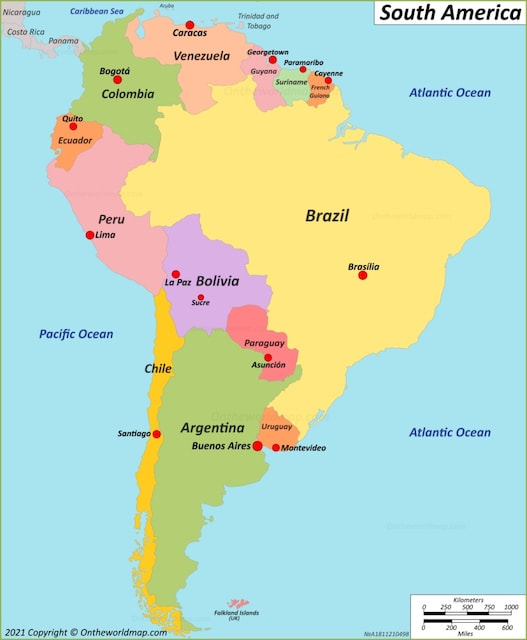
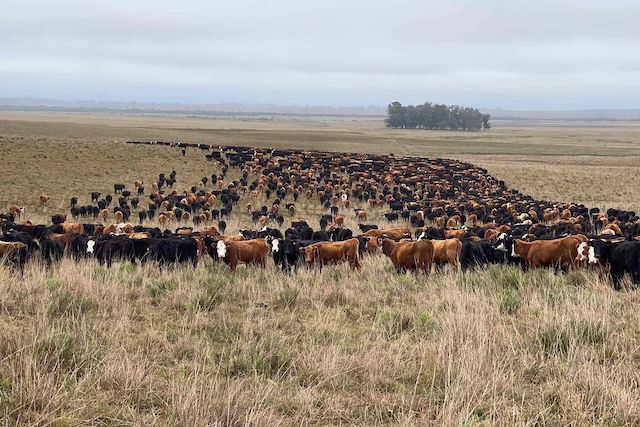
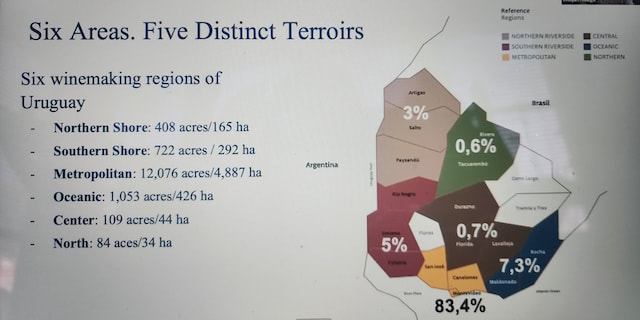
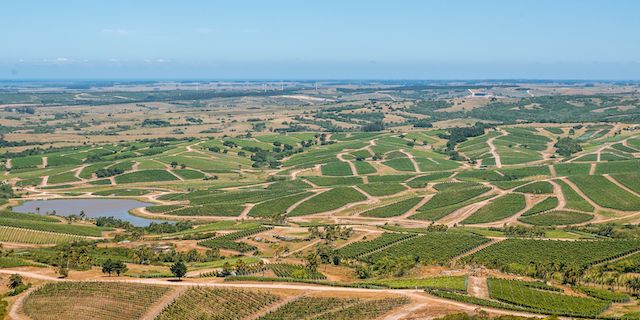
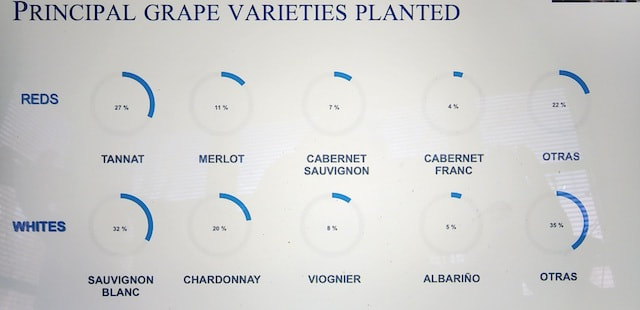
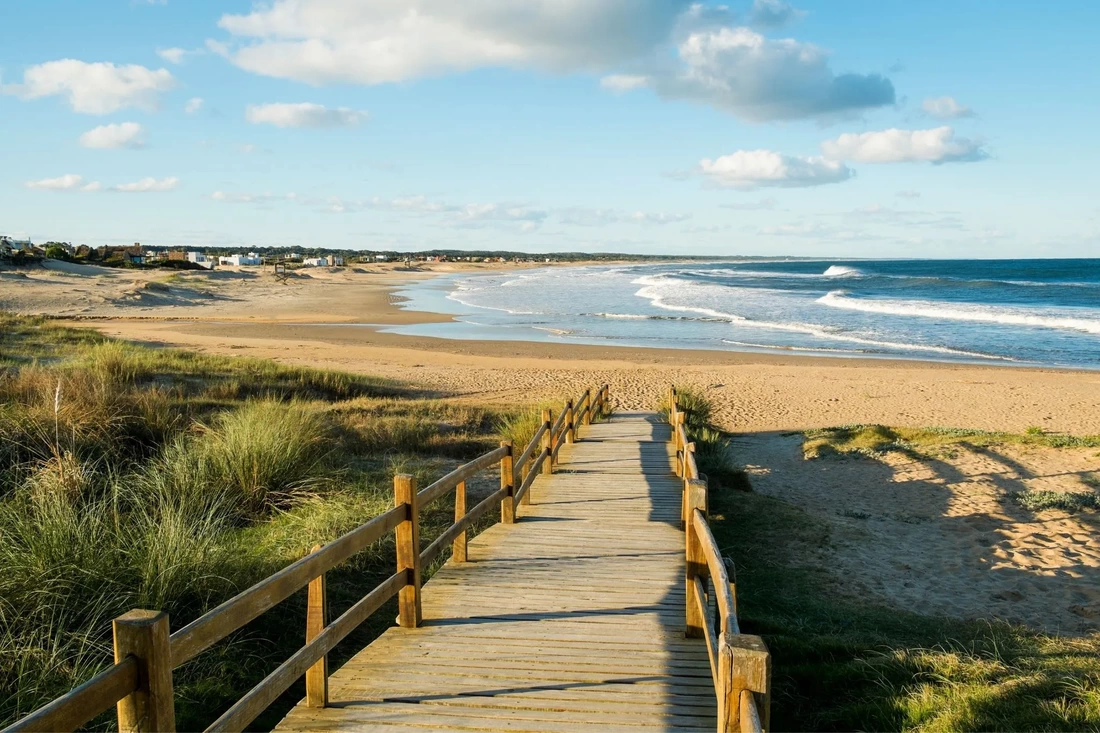
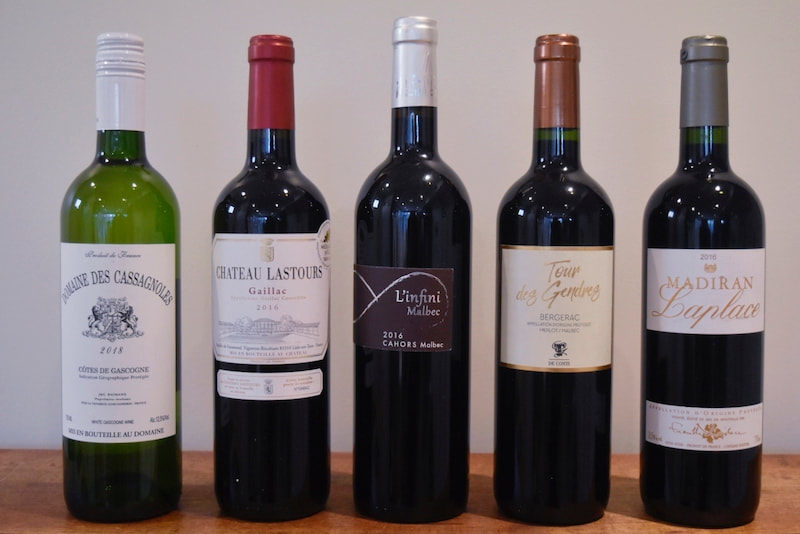
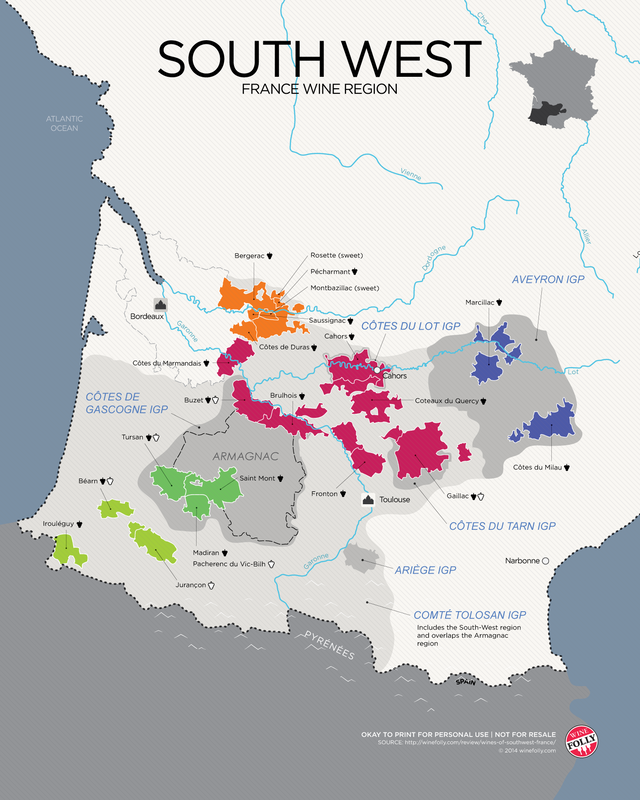
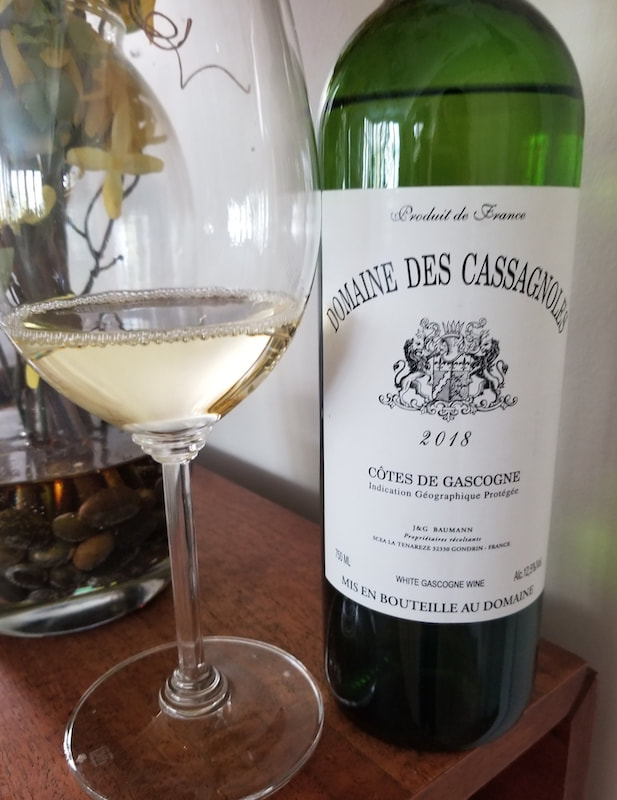
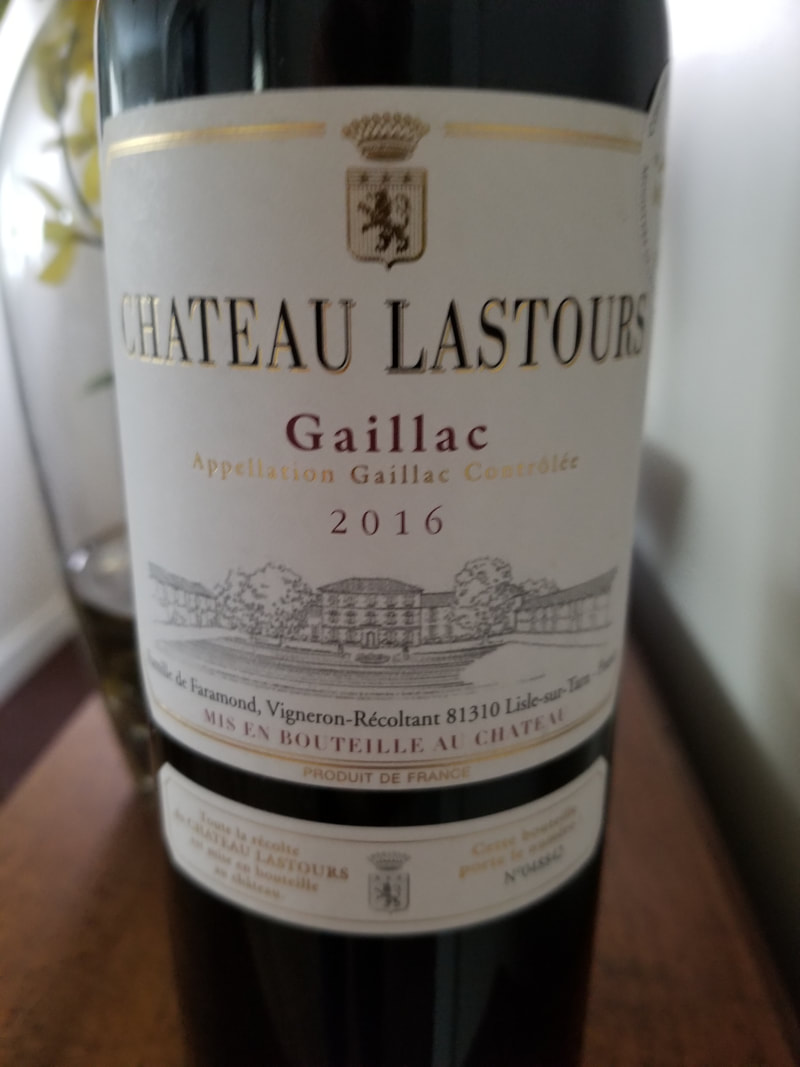
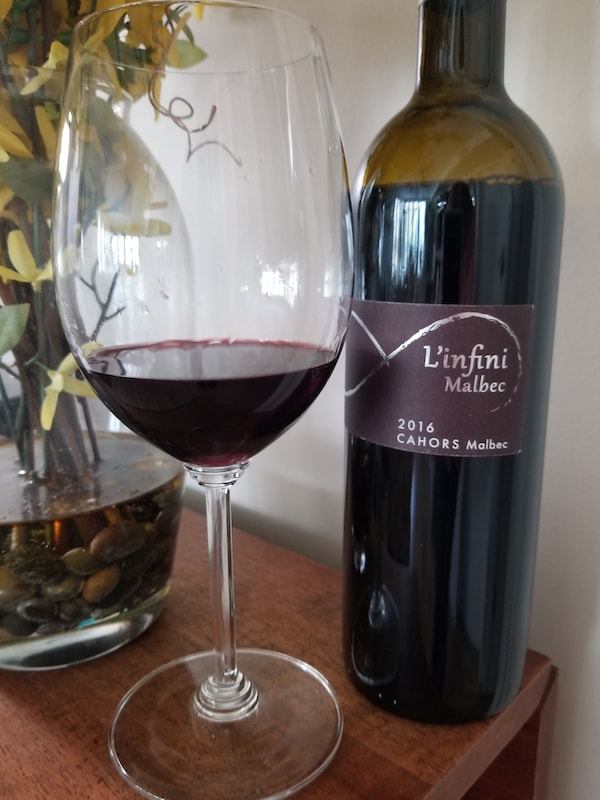
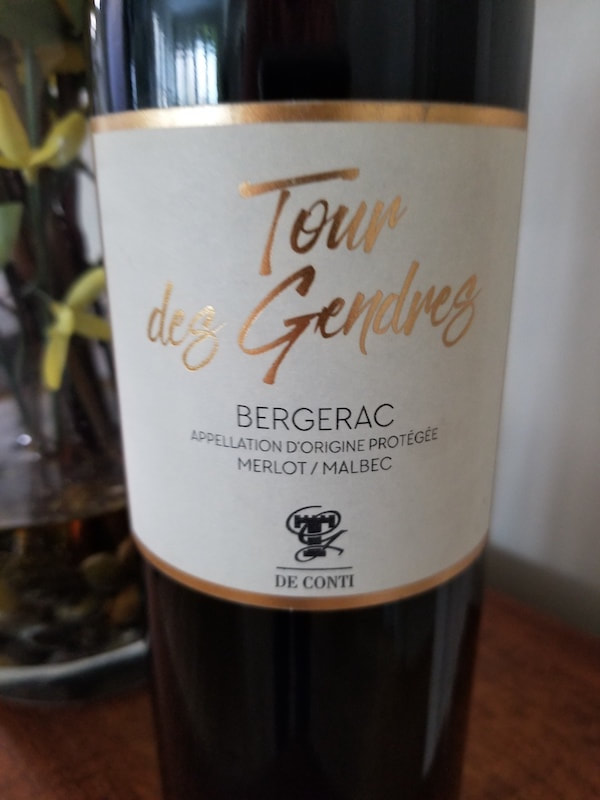
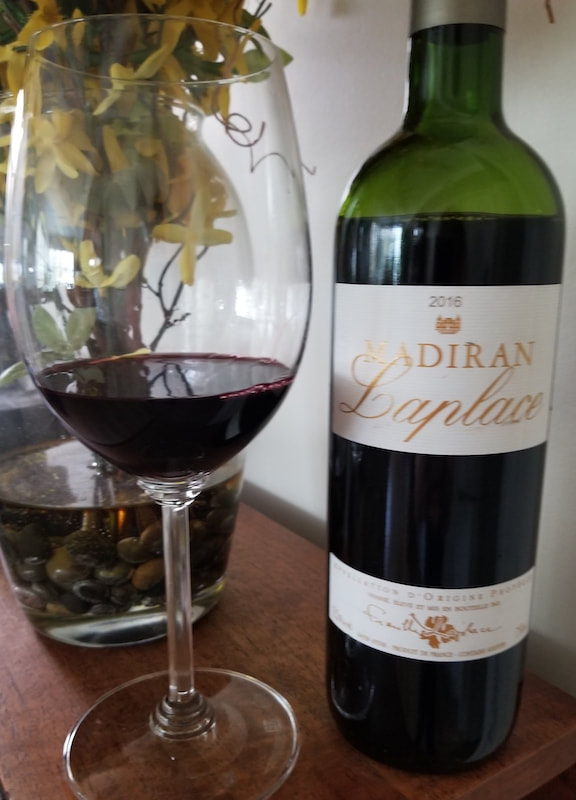
 RSS Feed
RSS Feed